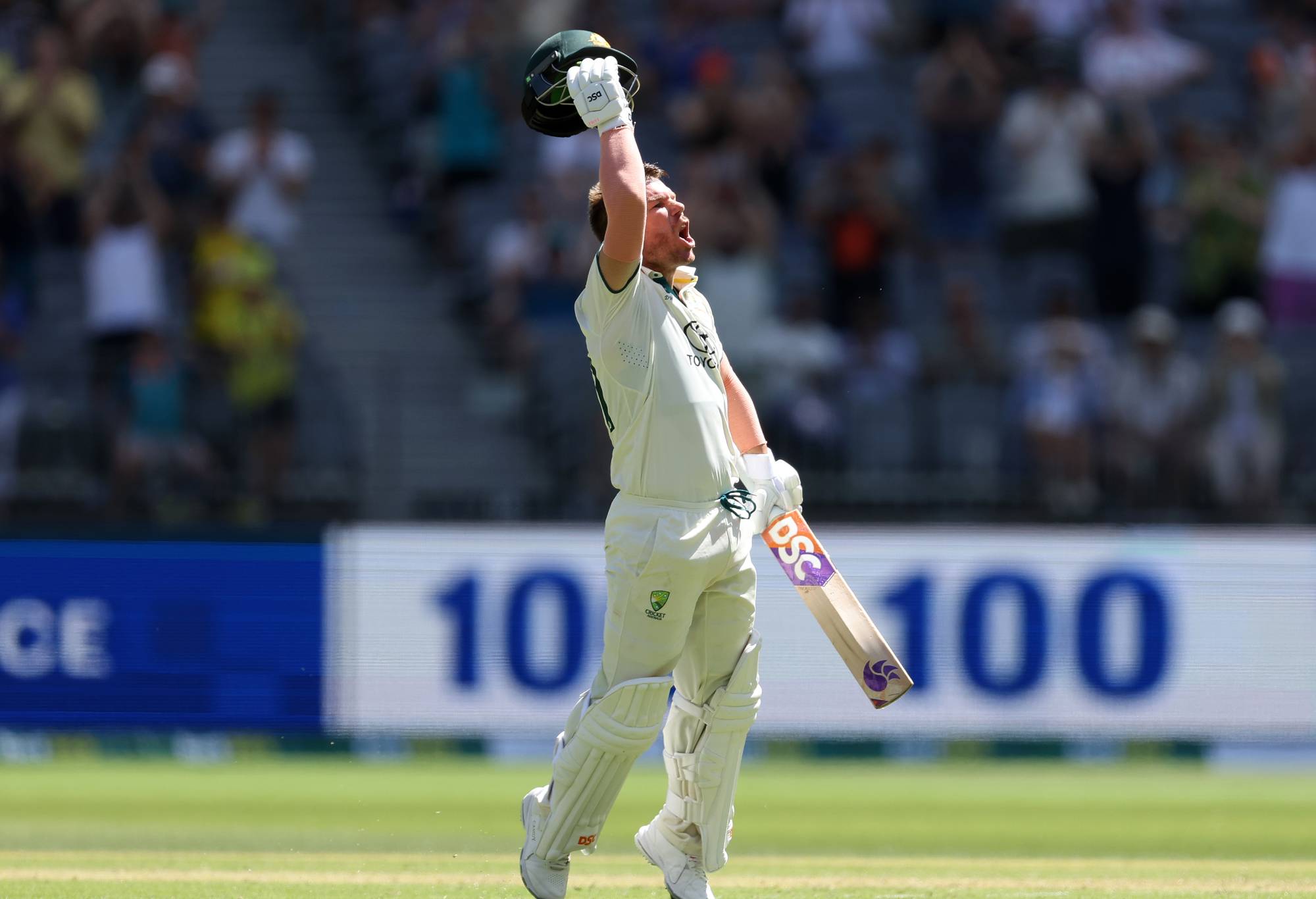Henry Hanson
new author
Roar Rookie
Australia’s batting woes were well documented this summer, and on the face of it, that seemed pretty fair.
Across the seven tests played from December to March, only three centuries were scored by Australian batters.
But in a world of decreasing team totals and generally meagre Sheffield Shield batting returns, maybe it’s time to move past our obsession with the ‘big score’.
Somewhat pleasingly, Australia’s three tons were distributed evenly across the summer’s opponents.
David Warner, at the beginning of the final leg of his farewell tour, peeled off 164 in mid December against Pakistan, and a month later, Travis Head blustered and bludgeoned his way to 119 against the West Indies on his home deck in Adelaide.
But of course, the season’s finest knock came in its penultimate test. On a green top in Wellington, Cam Green made 174*, in an innings in which the next highest score was 40.
A coming of age innings, as every newspaper and his dog dubbed it.
Over the last 25 years, during summers in which at least five test matches took place, an Australian team has never combined for fewer hundreds, and only twice did they equal this season’s return of three.
During the ‘birthday hat trick’ summer of 2010/11, Brad Haddin and Mike Hussey (x2) scored the solitary centuries in a disastrous 3-1 series loss to England, and in 2000/01 Mark and Steve Waugh (x2) combined for the three tons in a five test whitewash of the Windies.
Over that 25 year period, Australia averaged just over eight centuries per summer, with an Adam Voges inspired high of 15 in 2015/16 over a six test summer against New Zealand and, again, The West Indies.
So why, despite the fact that the Australian’s both played and won more tests this summer than they did in any of the previous 25, have the centuries dried up – and does it actually matter?
A century is a pretty arbitrary milestone, really, and it goes without saying that the amount of runs scored in an individual innings does not always correlate with the importance or the quality of it.
Take Warner’s 164 against Pakistan, for instance. A very fine knock though it was, he had the very best of the conditions, and even if he had fallen for a duck, Australia’s eventual margin of victory would still have been 196.

David Warner celebrates after scoring a century. (Photo by Paul Kane/Getty Images)
Compare that to Alex Carey’s 98* in the fourth innings against New Zealand in Christchurch. Coming in at five for next to nothing, Carey batted with Mitch Marsh, and then the tail, to lead his team to what at one point looked like a very improbable victory.
However, that day, it wasn’t Carey that scored the winning runs for Australia. It was captain Pat Cummins, whose slash through the off-side found the rope and ended the game.
Carey was stranded on 98* and the summer’s honours board left untouched.
Speaking after the game, Cummins admitted he didn’t know Carey was so close to his milestone, and Carey seemed much more relieved to have the Test won than disappointed to have not reached three figures.
Either way, it is clear that this Australian team has developed a ruthlessness that privileges results over personal milestones.
However, you can’t help but feel, due to the absence of those two final runs, that Carey’s contribution might not assume it’s rightful position in the pantheon of great Aussie knocks.
In a sport so obsessed with statistics and milestones, the actual content and quality of any given innings can so easily be lost amongst career batting averages and scorecards of summer’s gone by.
In the first innings of that same game in Christchurch, Marnus Labuschagne made his way to 90 before being sensationally caught by a flying Glenn Phillips. With wickets tumbling around him, Labuschagne’s contribution was as vital as any made throughout the summer.
But unable to pass 100, the public were left without an enduring image of the innings, and his time at the crease felt cult short in the same way that Carey’s felt unfinished.
Across the summer, over the 28 innings batted by all teams, Australia’s first innings of the first test match against Pakistan was the only time a team scored over 400 runs.
In the 497 innings batted during Australian summers in the 25 years preceding this season, there were 120 instances of teams posting 400 runs or more. This equates to just over 24% of the time and clearly dwarfs this summer’s return of one out of 28, or 3.6%.
This, as well as the global decrease in test batting averages since the mid 2010s, the increasing rarity of the five-day test and this Sheffield Shield season’s generally meagre batting returns point to what could be a new normal for Australian batters.
Gone are the days of first innings par scores of 400+ and gone are the wickets that facilitated such expectations.
So, with the traditional ‘big score’ growing rarer across both international and domestic cricket, it may be time to re-evaluate what constitutes a quality innings or a good series for a batter.
Telling contributions in key moments are what wins matches, and this group of Australian batters continue to produce them.